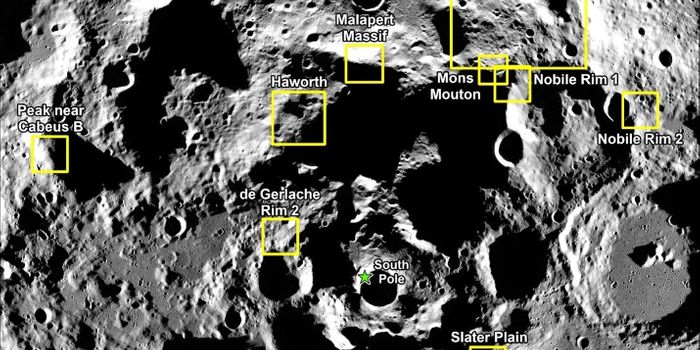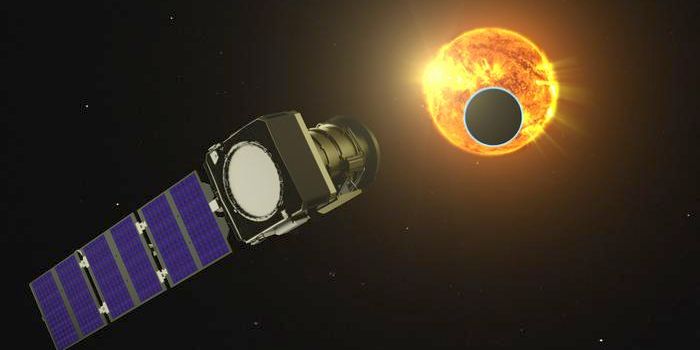The Most Detailed Map of the Andromeda Galaxy taken by Radio Telescope
Sitting at 2.5 million light-years away, the Andromeda Galaxy is the closest galaxy to our own Milky Way. Since it’s so far away, detailed pictures of the galaxy are almost impossible by our current technological standards. However, visual telescopes are not the only equipment available to us— radio telescopes are a powerful tool used by astrophysicists to study objects in more detail than can be observed by light telescopes.
Radio waves are the largest waves in the electromagnetic spectrum, and their wavelengths range from the length of a football field to the diameter of our planet. Radio telescopes are large dishes that collect radio waves from the universe. They have the advantage of being able to collect data at any time under any conditions since they don’t need to rely on clear skies for precise imaging like light telescopes do.
There are some disadvantages to radio telescopes. Since radio waves are larger than light waves, radio telescopes have to be significantly larger than light telescopes. In order to get around this, physicists often set up multiple radio telescopes in one large area, instead of manufacturing one, giant radio telescope.
In collaboration with researchers at the Sapienza University of Rome and the Italian National Institute of Astrophysics, Sofia Fatigoni from the University of British Columbia led a project to create the first-ever map of the Andromeda Galaxy at 6.6 GHz. 6.6 GHz is a frequency within the microwave region of the electromagnetic spectrum, and no other project has studied such a massive region of the Andromeda Galaxy and its surrounding regions at this frequency. The 1-22 GHz range of emissions from the Andromeda Galaxy are very faint, but they can elucidate features of the galaxy that can’t be seen at other frequencies.
For 66 hours, researchers commandeered the Sardinia Radio Telescope in Italy, a 64m fully steerable, dish that can collect radio waves at high frequencies. Once all of the radio waves were measured, they set to work on making sense of all of the data.
First, researchers were able to create a map of the galaxy at 6.6 GHz. That allowed them to determine which stars and other objects the radio waves originated from. Combining previous maps of the galaxy taken at different radio frequencies, researchers could then get a better sense of what physical processes took place in the universe. For example, they found an area of the galaxy where new stars were being formed.
While this mapping may seem rudimentary, the Andromeda Galaxy holds many mysteries that could be the key to unlocking some of the secrets of our own galaxy. As Sofia Fatigoni said, observing the Andromeda Galaxy is like observing the Milky Way from the outside, and we can learn a lot that way.
Sources: Astronomy and Astrophysics, Science Daily, NASA Science, National Radio Astronomy Observatory








